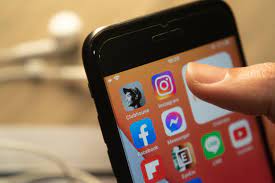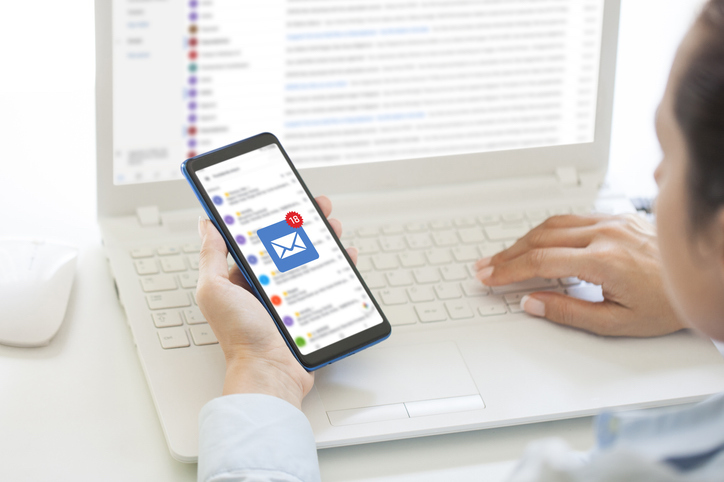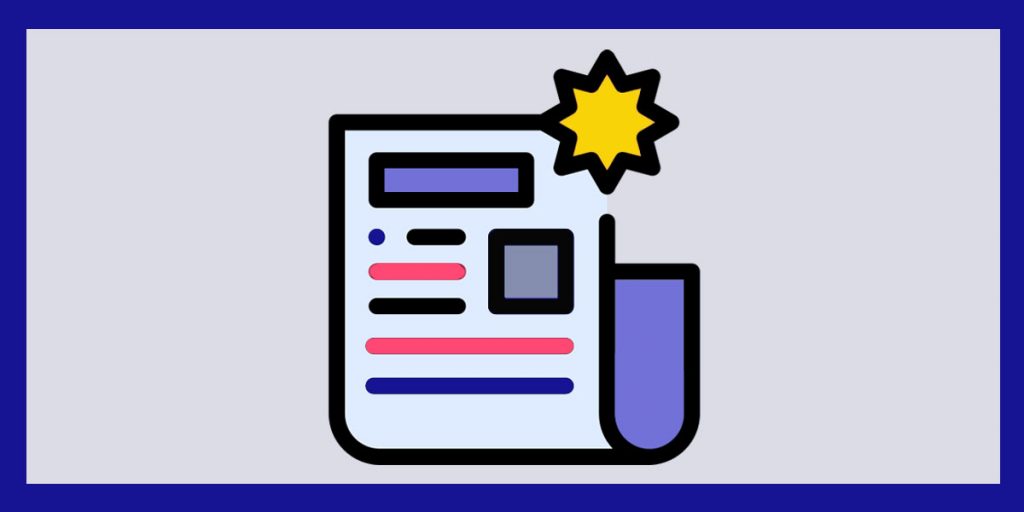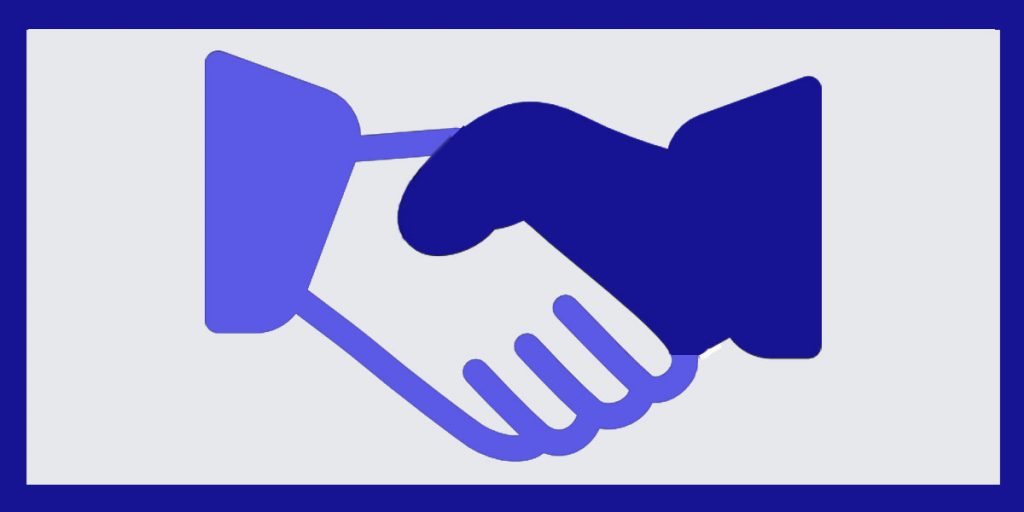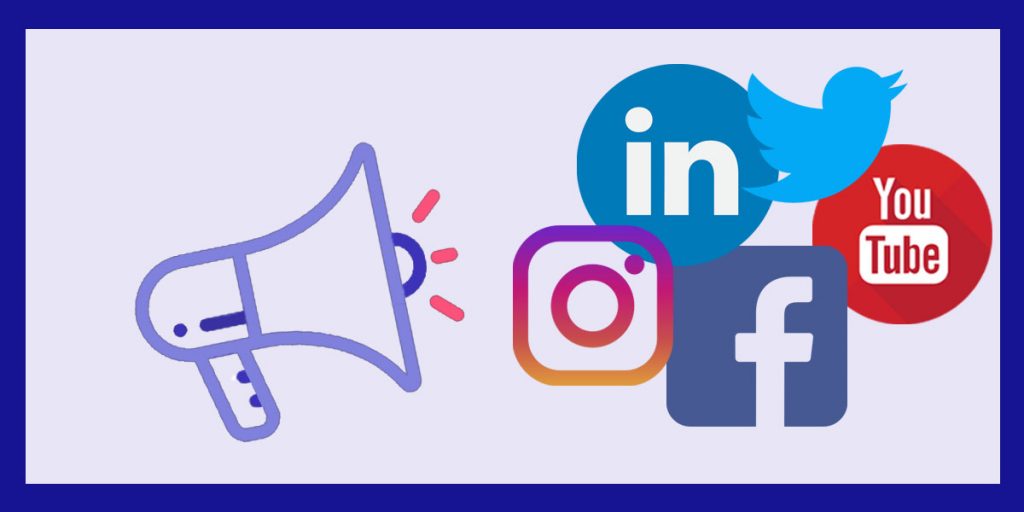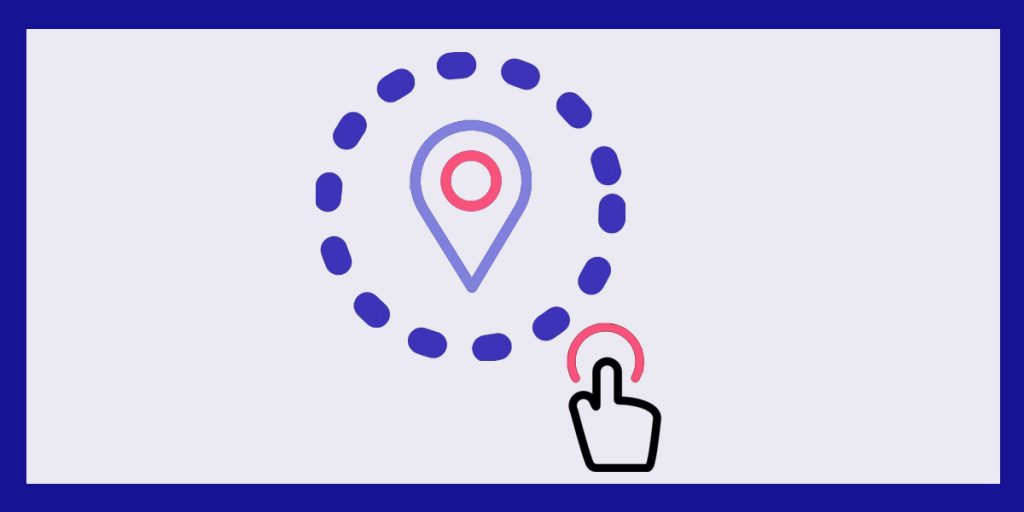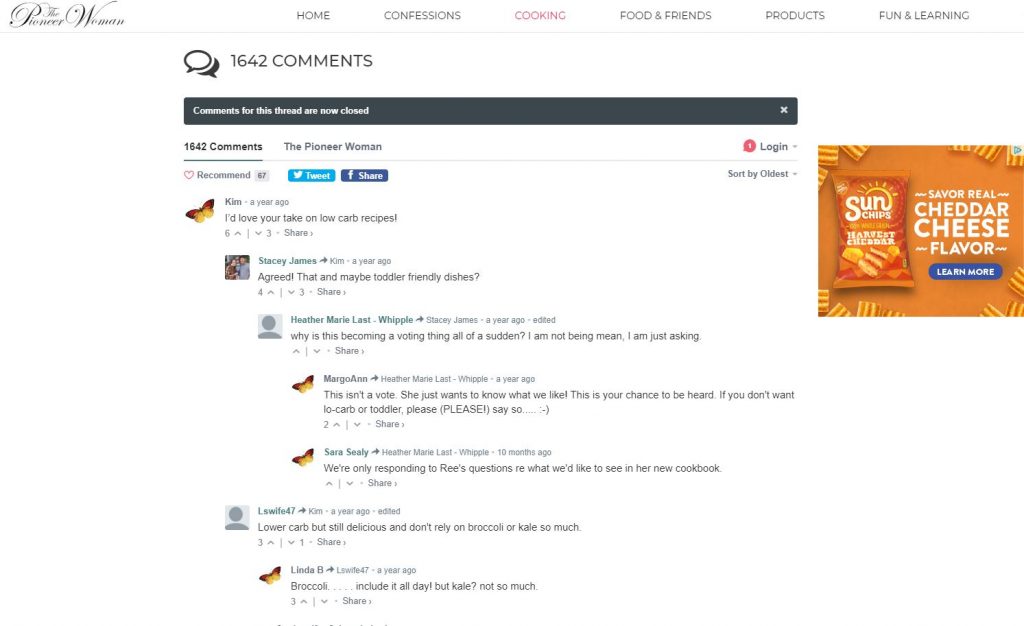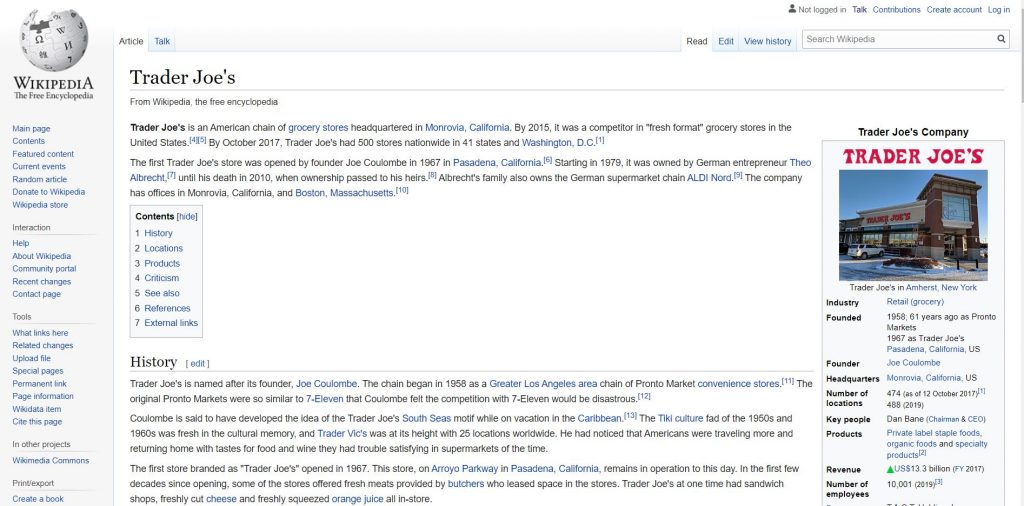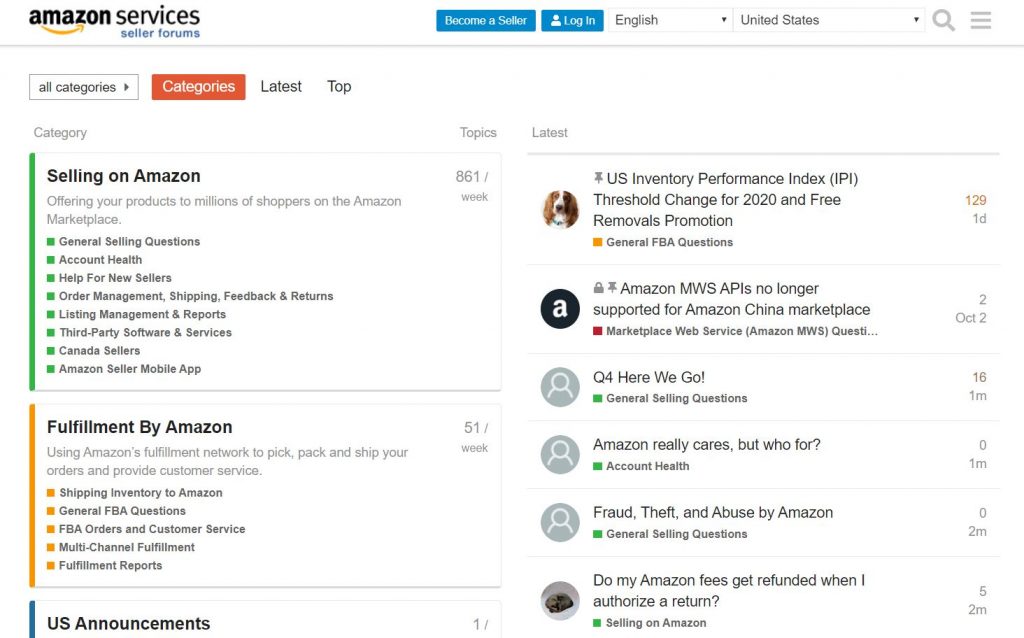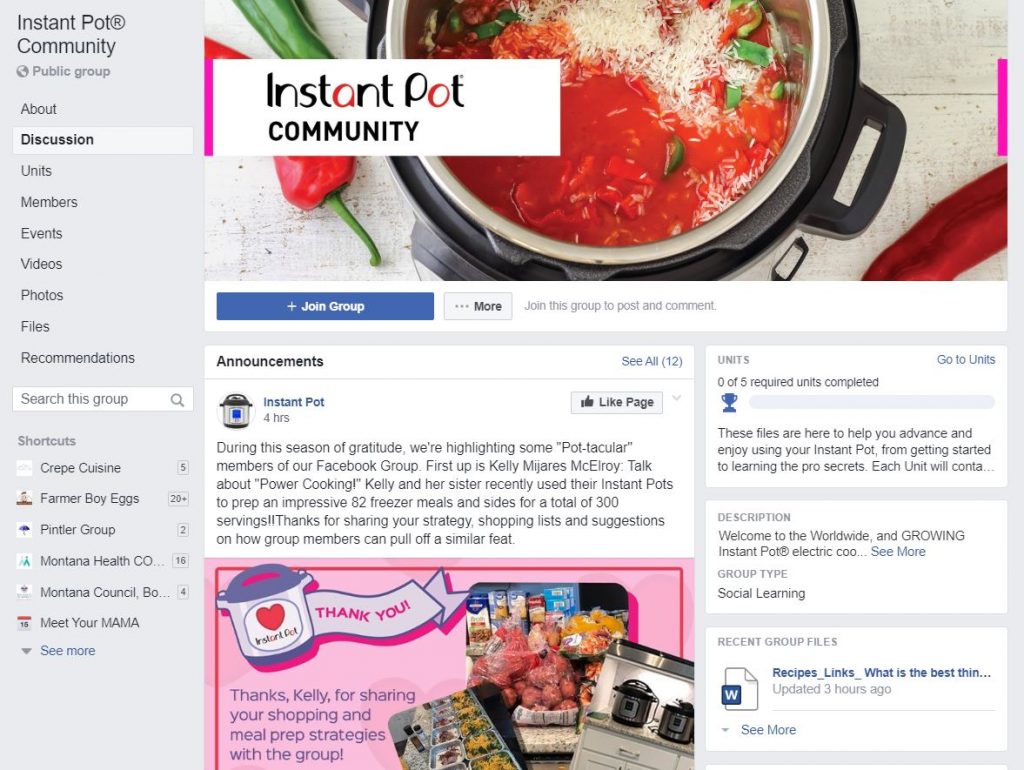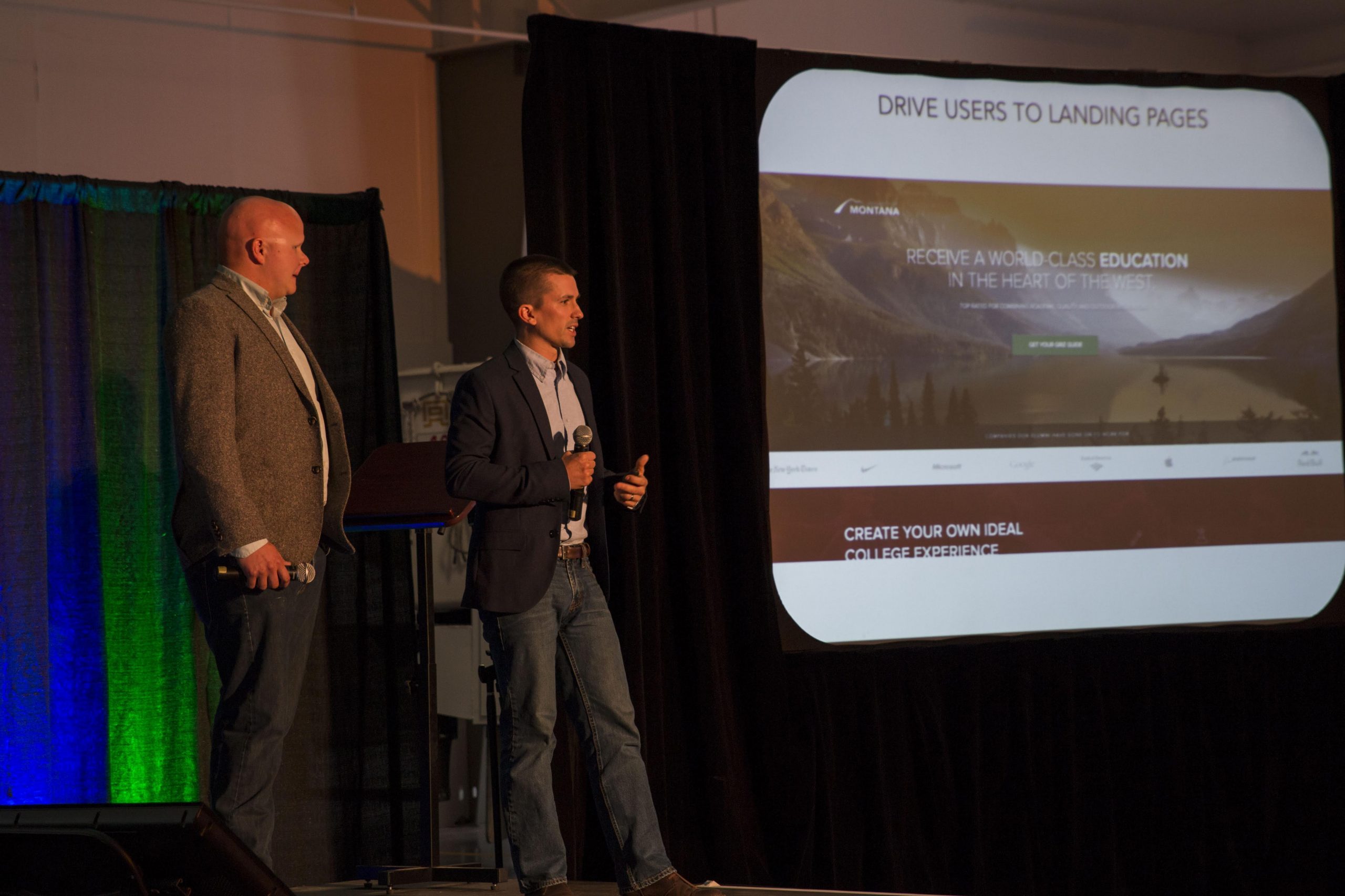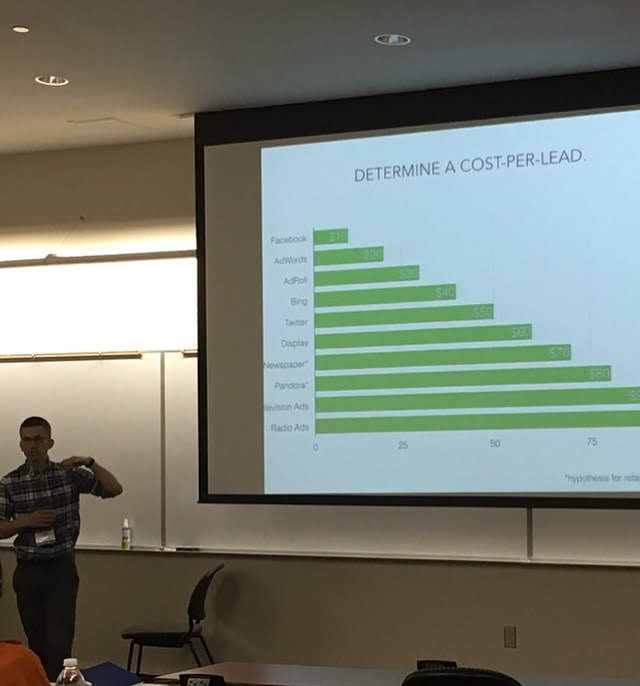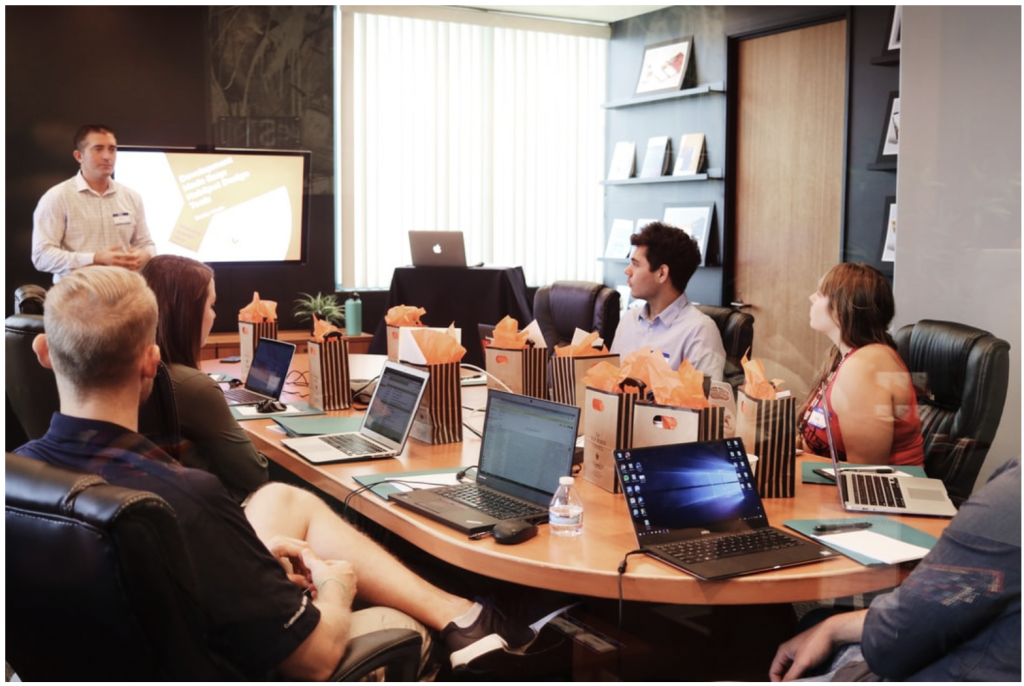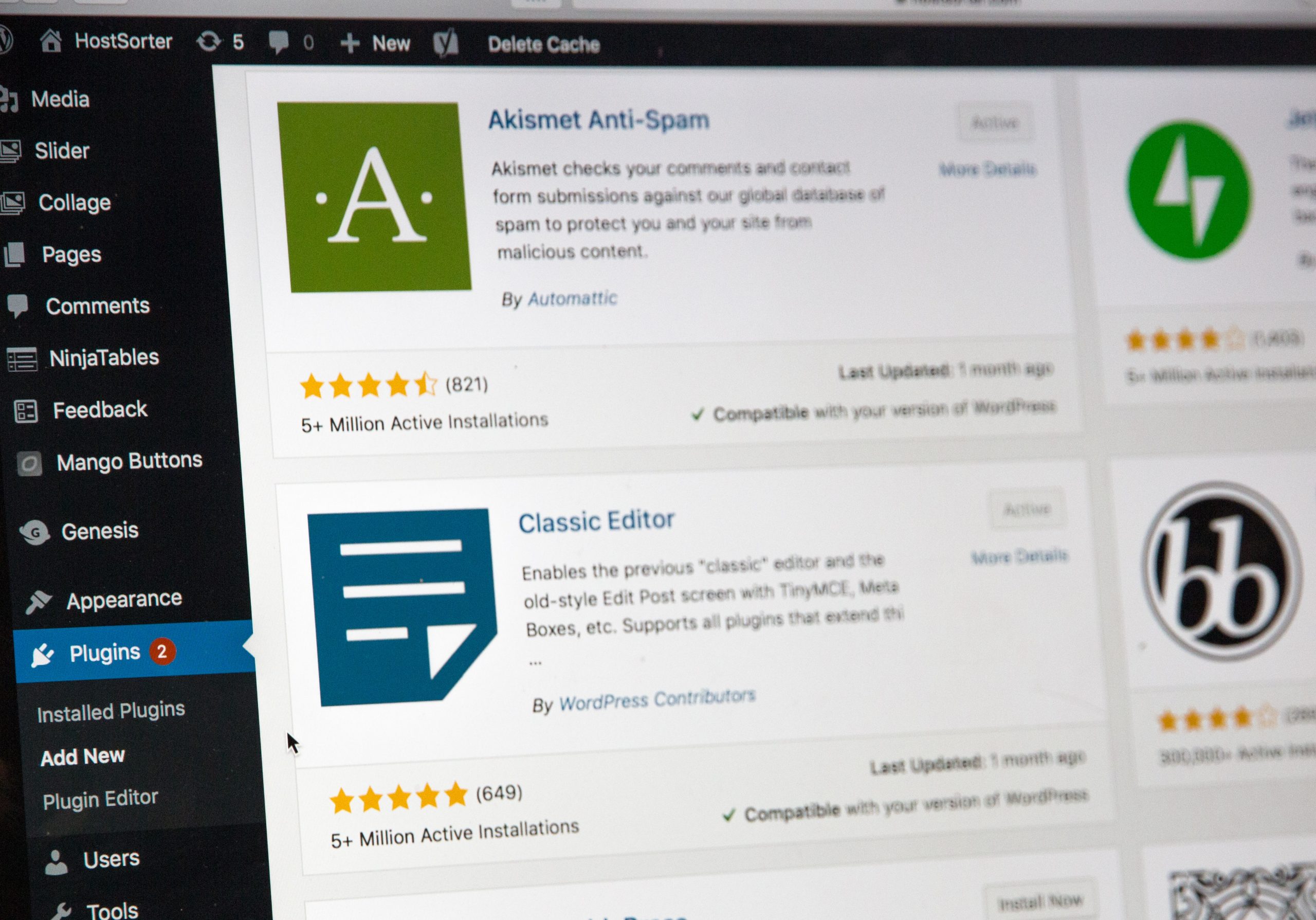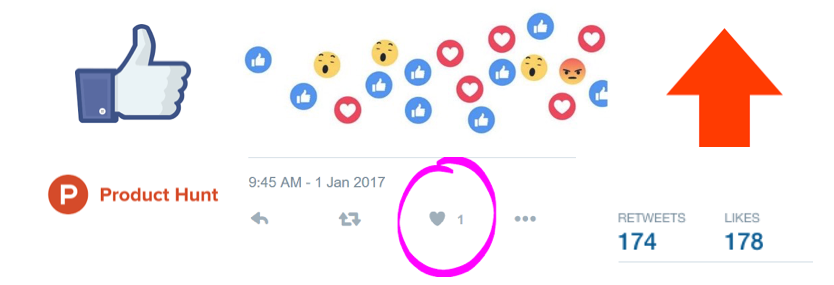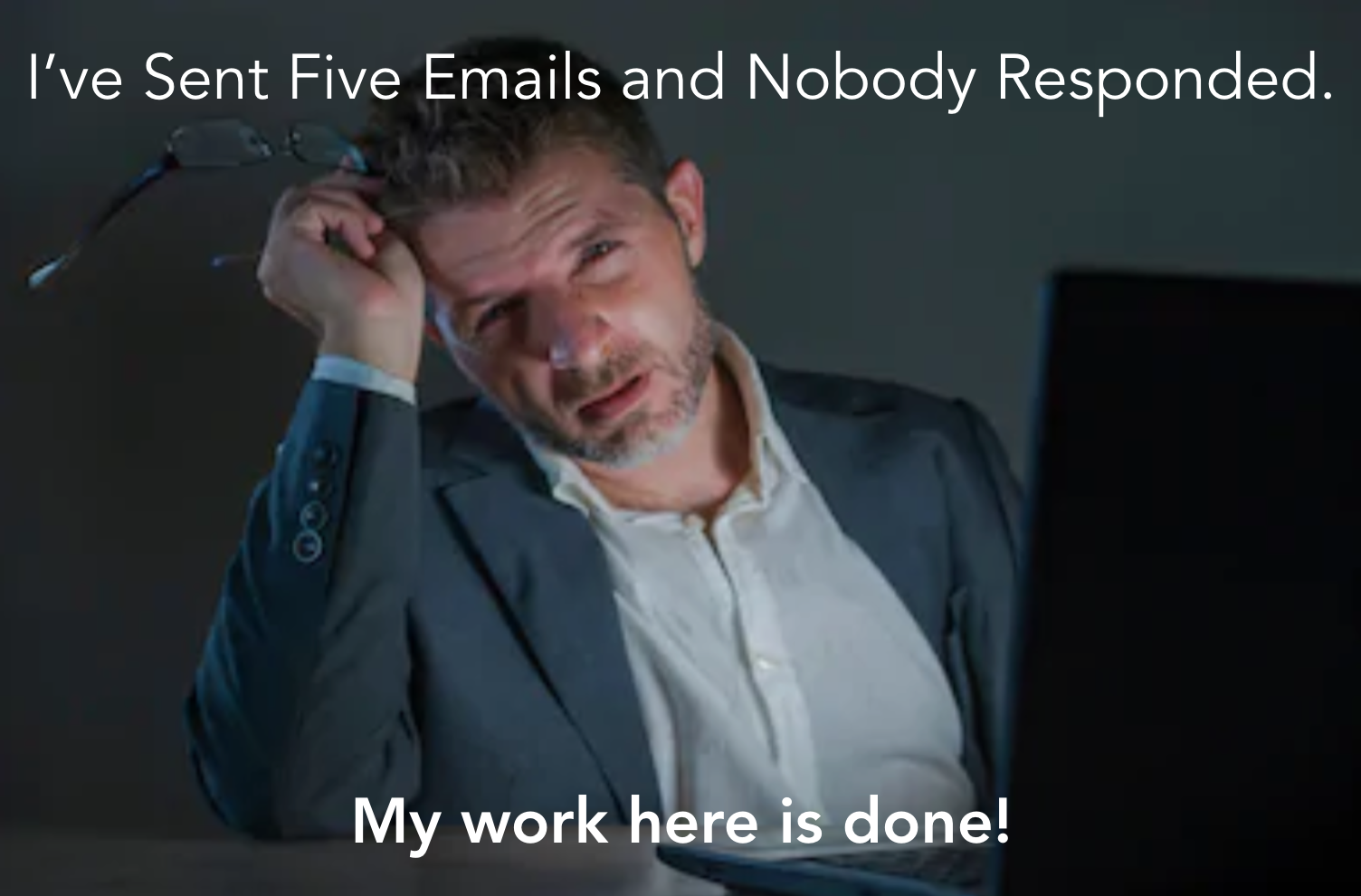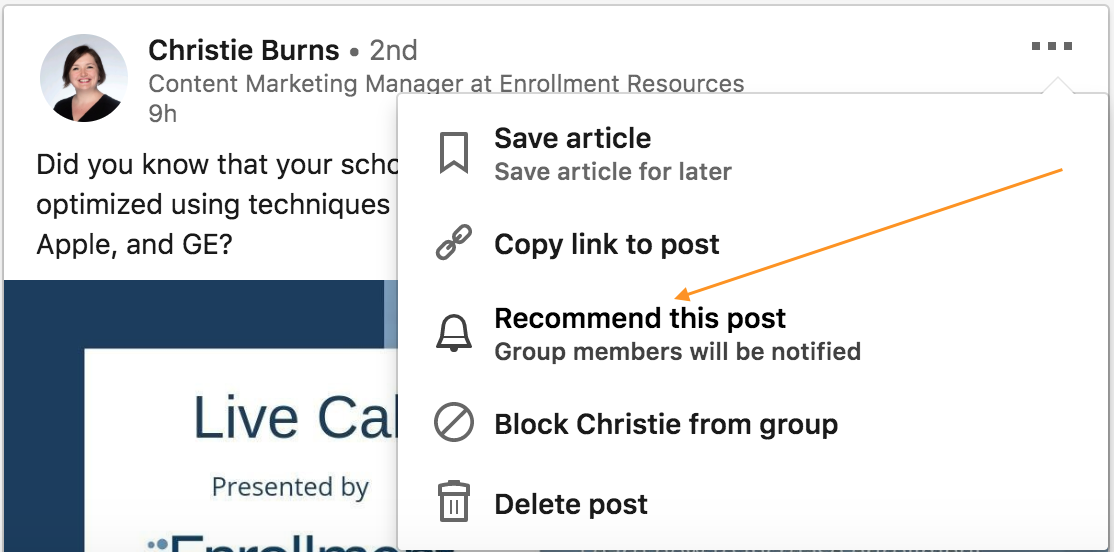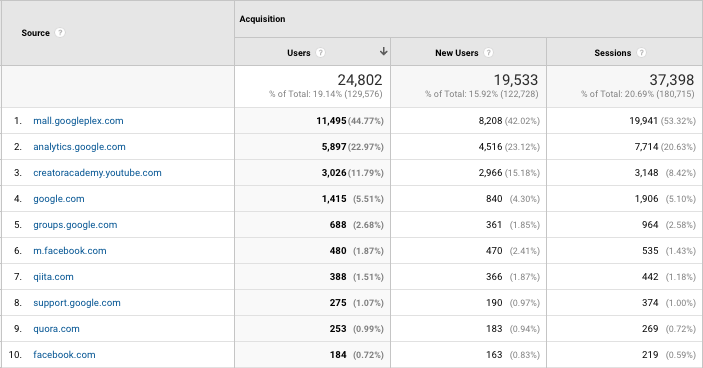Jump To;
Targeting Blogs
TRACTION – the startup’s guide to achieving explosive customer growth. Author’s Gabriel Weinberg and Justin Mares provides digital marketers with the tools necessary to increase startup growth potential for their company. Our team here at Pintler Group took on the task of dissecting each of the 19 traction channels. We did this because 1: we wanted to gain a deep understanding of how the traction channels worked together. And 2: we wanted to walk-the-walk. In each of the examples below, we used real stories from clients and our own experience growing a personalized software: GeoFli. What worked and what didn’t.
The following article is a summary of Traction, including a brief description of each channel and media (articles, podcasts and YouTube videos) crafted by our Missoula Montana based digital marketing firm, Pintler Group to provide a greater understanding of each 19 channels. Click on any of the podcasts, videos, or links to our blog posts below to engage and learn more.
Before running through the 19 channels, let’s take a look at a simple marketing framework for any business to operate with. Coined famously by Dave McClure of 500 Startups: this is the AARRR method. Acquisition, Activation, Retention, Referral, Revenue.
The important piece to pay attention to in this framework is the acquisition piece. For any new business, the acquisition component of the framework will be the most challenging, especially when starting out. And how’s this for a transition: this is where the traction channels come into play!
In the first traction channel, we jump headfirst into targeting blogs. This is a tactic that’s been around a while, so we changed the language to “targeting attention.” This means targeting blogs that can help lift up your product. Are you launching a photo-editing app, targeting experts in the photography field might be a good option. Use tools like Buzz Sumo, Answerthepublic.com and Google’s keyword research tool to find what blogs and what people are considering experts in a specific vertical.
Does finding a pre-existing, captive audience of people already interested in things similar to your product or service seem too good to be true? Well, when you begin targeting blogs and other influencers it becomes a lot easier to find an audience like this.
Want to learn more? This podcast covers targeting blogs and social media influencers in greater detail.

The following article highlights targeting attention in the new age.
Here is a YouTube recording of this first traction channel – targeting blogs.
Below: Kassi walks through three tips for “Targeting Attention.” Our spin on the targeting blogs traction channel:
2. Publicity
Sure, getting traffic to your website is important, but publicity can help get the word out and fast. Public relations (PR) relates to the messaging a company addresses publicly. You can get published in a news story, you could be featured in a magazine or you could have a product announcement that solves a problem in a fun way: this is all kindling for a potential PR fire (in a good way).
This episode (above) covers the Amazon press release strategy: any idea brought to the table of Amazon includes a press release to think about how the company would, if the idea takes flight, release it to customers. We talk about the difference and evolution of press releases ten years ago to today!

Here is a blog post that shares five tips to modernize your press release for a fresh appeal.
Above: the podcast video
Below: Shawn Nicholls helps explain Publicity in 2020:
3. Unconventional PR
Make a splash. This common saying could be found squarely in the unconventional PR category. Stand out from the crowds with something big and, well, unconventional. While most companies direct their attention to traditional publicity, success can be achieved using unconventional ways to create viral messaging. Publicity stunts and customer appreciation are two types of unconventional PR and will be explained in greater detail below.
Michelle and Shawn discuss two types of unconventional PR: publicity stunts and customer appreciation. From storming Area 51 to sharing your customer’s photos on Instagram, listen to this episode to learn more about using unconventional PR in your business.

Here are five unconventional press release campaigns in the real world that worked!
This video (above) will provide a greater understanding of what unconventional PR is and how you can use this channel to elevate your marketing strategies.
4. Search Engine Marketing (SEM)
Search Engine Marketing: where marketers go to spend a bunch of money without knowing the results, right? WRONG! Search Engine Marketing is one of the few places you can strategically spend money and outperform the big-players. With small budgets, you can make a big impact for your business.
Bidding on keywords in search engines like Google and Bing is what is referred to as search engine marketing (SEM). We attempt to take a look at how anyone, regardless of technical background, can launch a successful campaign.
Michelle and Kyle answer questions about key words, Google Ads, search engine ad possibilities and much more on this episode!

Search engine marketing also relies on utilizing Google trends. The following blog post will describe this process in greater detail.
Here is a video on one of our favorite (but least used) metrics for measuring the impact of a paid search campaign: Search Impression Share.
5. Social & Display Ads
Online marketing is noisy. The Facebook newsfeed, your local news website: it’s crowded with ads. It’s hard to ignore those pop-ups and banner ads that appear throughout your online activity. Social ads appear within your social media apps like Facebook, Instagram and Twitter. These ads are aimed towards signing up for contests, buying a product, or subscribing to a newsletter. Due to their popularity in terms of selling products or services, social ads are constantly changing and influencing the way consumers interact with a company’s brand and their messaging.
In this episode, Michelle and Shawn talk about strategy behind social and display ads. They discuss how to use them most effectively, when to use them and why they are important to your business!

This blog post provides a road map with how to create compelling ads for your products and services.
The following video discusses the advantages of using paid social and search across popular social media platforms.
Here’s an inside look at our internal paid-search framework:
6. Offline Ads
Offline advertising: busses, billboards and coasters: still very much has a place in the digital world.
The traction channel offline advertising can often be overlooked in today’s digital age, but Michelle and Shawn dive into how digital marketing efforts and offline events can come together to make a very successful marketing campaign.

Next, this article will provide insight on how to design eye-catching offline marketing events.
Here is a video (above) that provides you with five tips on how to manage offline events and campaigns for your company.
One of our favorite podcast episodes to date is all about offline ads: Billboards, Busses and Coasters!
7. Search Engine Optimization (SEO)
Everyone uses search engines. Don’t believe me, Google it! Providing answers that best suit their query is what search engine optimization is all about. Being a credible source for information online allows your company to stand out from the rest. SEO of course deals with organic search position, but it also encompasses the way anyone learns about you online. It could be through your YouTube channel or a directory site.
Kassi and Michelle dive into the traction channel Search Engine Optimization and share tips for using your blog and video content to increase the SEO of your website.

This blog (above) highlights how readability extends beyond words to achieve a high search engine optimization rating among search engines.
What is SEO? This short YouTube video describes what search engine optimization (SEO) means and how it can be effectively applied to your business.
Interested in learning about how to use Google Search Console to find blog and content opportunities: check out our video here that walks through our advanced tactics you can implement today!
8. Content Marketing
This traction channel provides a chance for your company to express its expertise through a variety of platforms including blog posts, video and podcasts. The goal of creating fresh new content is to get interactions like shares, reposts, comments and likes. This type of engagement translates to growth. All these forms of content combined can create a very nice array for website visitors to choose from. Moz, Unbounce and OkCupid are all great examples of how content marketing works so well – just look at the number of comments on all these good articles.
Content about content. Meta, we know. In this podcast, Shawn and Michelle walk through how to cut through the noise when it comes to content. What works. What doesn’t. Curious about what length of content performs best? We’re here to help.

This blog post helps outline how much your company should be paying for (i.e. money and time invested) content marketing.
Podcast video time (above). All about content marketing and what you should do next to create fresh, new content.
Below: How to build out your content marketing strategy.
9. Email Marketing
Email marketing is still to this day one of the most powerful forms of outreach. If done correctly, no other traction channel will drive as much referral revenue. This traction channel is personal. Email marketing is a delicate process made up of segmenting, subject lines and setting up conversions. With this in mind, email marketing is most effective when it’s personalized to each of your customers or prospects.
Listen to this episode to learn more about how to get started with email marketing, how to get the most out of your efforts and why we think it’s essential for all businesses.

Check this article out for ways to sharpen your email marketing skills.
This video outlines the email marketing framework to aid in any successful business campaign.
10. Engineering as Marketing
Providing tools and resources for your website visitors to engage with will not only generate leads, but expand your customer base as well. With your team’s engineering skills at hand, creating useful tools like landing pages, microsites, virtual tours and calculators will put your company in the forefront of potential customers.
In this podcast, Shawn and Kyle discuss the traction channel: engineering as marketing.

This blog post provides additional info on how to tie together engineering skills into your marketing strategies.
(Above) Successfully navigate engineering as marketing as a traction channel!
11. Viral Marketing
Getting your message out to as many people possible – every business wants this, but how can this be achieved? Viral marketing creates referrals to your products by word of mouth, social shares and press releases. “Going viral” means your existing customer base is sharing the good word about your services.
In this episode, Shawn and Michelle talk about the traction channel, viral marketing. They discuss what it is, who it is for, how to make it work and much more.

The following blog post tackles the first steps to creating viral content for your business.
Above: Our podcast video!
Here are two videos related to viral marketing and how it can be incorporated within your business.
12. Business Development
Much like with sales, business development shares many of the same facets with the addition of exchanging value through partnerships. With sales, the primary focus is exchanging dollars for products and services. Sales are a direct focus with the customer, but with business development the goal is partnering to reach customers in beneficial ways.
Kassi and Michelle discuss the different types of partnership models in this episode. Specifically, Kassi talks about a few of her ventures and some of the possible partnership opportunities she’s explored within them.

The following article relates to finding the right partner in a business development situation.
Podcast video!
13. Sales
To fit “sales” in a traction channel is casting a wide net. In the acquisition channel, sales could be your entire strategy… and your only strategy! We look at using sales both online and offline to grow your business. Sales is such a key component of any company that in some form, every business or non-profit must sell. The question is, what percentage of your resources will you devote to the channel? We have some key resources for you to discover the answer to that question.
In this episode, we look at the traction channel of sales. Many books have been written on sales, and sometimes time spent doing is better than time spent reading how to do. Shawn and Kyle talk about the sales funnel, sales cycles and what to do after a lead is submitted on your website.

This blog post is all about how to gather leads that convert to paying customers. Read this post to learn more about finding quality leads for your business.
The Psychology of Sales (below):
Podcast video (above):
14. Affiliate Programs
Affiliate marketing is a paid arrangement made between your company and someone (individuals or a business) to develop content, make a sale, or drive qualified leads. An example of this is a YouTube influencer recommending your product in their video. The influencer is paid a commission on any referral traffic they drive resulting in a sale.
Michelle and Kassi discuss in the ins and outs of affiliate marketing. They dive into the different components that make a successful affiliate marketing campaign, why it is such a powerful channel, who should give it a try and much more!

This traction channel blog post for affiliate marketing covers the do’s and don’ts when creating a successful marketing campaign.
Want to learn how to get started with affiliate marketing? Kyle has the answers you need in this video.
15. Existing Platforms
By leveraging existing platforms like websites, apps, or social networks with a large user-base your business can get traction. What the heck do we mean by existing platforms? Learn more in the content below:
Kassi and Shawn dive into what existing platforms are and how they are used to build brand awareness.

How to use existing platforms to cut through the noise and grow without spending money.
How can you build better brand awareness? Check out this podcast video.
Existing Programs: The Early Days of Instagram Stories!
16. Trade Shows
The ageless trade-show! A staple in getting out and showing your product or service to the world. Does it make sense for your business to take your show on the road? Find out below:
Trade shows help generate interest in what you’re currently developing and provides a stage to showcase your business on a large scale. As your business builds more traction, trade shows can be a great resource to make big announcements, generate sales from larger clients and develop community-wide partnerships.
In this podcast, Kassi and Kyle talk about the three prongs of trade shows and specifically, they talk about geotargeting your trade show before and during the event. Whether you’re an attendee or a vendor, this episode is sure to be valuable for you.

Want to learn how to attract more customers at trade-shows? Look no further, this article helps clear the air with this traction channel deep dive.
Learn more about how to successfully geotarget before and during trade shows with this video insight. GeoFli is a great software tool to provide effective geotargeting search results to new and existing customers.
Geofence your next trade-show: here’s how:
17. Offline Events
Sponsoring or running offline events – from small meetups to larger conferences – can be a primary way to get traction and interest in the acquisition and activation stages of marketing. Offline events are particularly effective for startups with long sales cycles, as is often the case with enterprise software.
The traction channel offline events can often be overlooked in today’s digital age, but Michelle and Shawn dive into how digital marketing efforts and offline events can come together to make a very successful marketing campaign.

The following article can provide inspiration for creating your next eye-catching offline event.
How to market your offline events!
18. Speaking Engagements
You can win business with speaking engagements. What better way to show thought leadership than by showcasing, well, your thought and your leadership! Small conference breakout session are a great place to start. Share a case-study, work collaboratively with a client or a customer to tell about a success story.
Above: Shawn and Michelle talk about the traction channel speaking engagements, if they’re right for your business and how to get the most out of your presentation.

Want to be successful in your next speaking proposal? Look no further – this article has it all wrapped up for you. Starting with the basics, up to winning your next speaking engagement. Here are some tips for success!
Podcast Video!
How to leverage your speaking engagements:
19. Community Building
Facebook Groups, LinkedIn Groups, forums and message boards: these are all examples of community building. Can you be a leader or a group-thread contributor? Can you start your own community through Facebook Groups or LinkedIn Groups? Learn more about all the different ways you can use these tactics to grow your business in an organic way.
Kyle and Michelle discuss the final traction channel community building in this podcast. Covering communities like Google Tag Manager and Facebook Groups, learn about how creating a community for your startup can foster relationships with your customers, instill trust in your brand and keep customers coming back.

This article provides five helpful tips on where to start with community building online.
Kyle and Michelle take the seat for this final traction channel and discuss ways to develop stronger relationships within the community for your business by utilizing online and social platforms.
Listen. Grow. Execute.
Phew! That’s a lot of marketing knowledge to process. Are you ready to hit the ground running? If the answer is “maybe?” then you’re in a good place. That uncertainty is an itch that can only be scratched by doing. So, pick, three-five traction channels above to test, and devote yourself and your team to testing those five and only those five.
Now that you’ve familiarized yourself with the framework: it’s time to tackle the method. Roll up the sleeves and get in the weeds. Track results and iterate.
When you discover your core channel – hone in and put it on the board as viable. Then find the next viable option to grow your startup. We hope you enjoyed the series on Traction Channels. We sure enjoyed putting them together for you. What should we cover next? Let us know by shooting us an email or leaving a comment. We look forward to talking soon.
Pintler Group is based in Missoula, Montana. We’re a performance-based marketing shop with expertise in paid search, paid social, email marketing management and retargeting. Our superpower is designing customer marketing solution for mid-size clients looking to grow.



